Lessons identified in Ukraine shapes British Army exercise
)
Exercise Iron Cyclone, on Wiltshire’s Salisbury Plain Training Area, has recently reviewed how the British Army delivers training and what to train against - a pilot exercise designed to train the troops differently. It was more relevant, challenging and increased the combined arms competence of the force, a crucial element for success on the modern battlefield.
The King’s Royal Hussars Battlegroup training package involved elements from 1st Battalion The Mercian Regiment, 26 Engineer Regiment, 19th Regiment Royal Artillery, with real-life support from 4 Regiment Royal Logistic Corps, 4 Armoured Close Support Battalion Royal Electrical and Mechanical Engineers, and 4 Armoured Medical Regiment, and was an opportunity ‘to rebuild and grow as a new Battlegroup.’
Lieutenant Colonel Peter Perowne, Commanding Officer, King’s Royal Hussars (KRH), who recently returned with his regiment from a six-month deployment on Operation Cabrit, part of NATO’s enhanced Forward Presence (eFP), said:
“This exercise was about reenforcing the ability to war fight from the lowest level, taking the lessons we are seeing come out of Ukraine, and those we have learnt as a Battlegroup from Estonia.
“It was about incorporating those to make sure we are as lethal as we can be, as effective as we can be, and we know how to protect ourselves, to make sure we can survive whatever the environment we are in, to have the effect our superior commanders want us to have.
“Ukraine has absolutely shown that the basic level skills are the bedrock of that, and this exercise was a real opportunity for us to build on those.”
The 3rd (United Kingdom) Division is the warfighting element of the British Army, the KRH Battlegroup is a key part of that within 12th Armoured Brigade Combat Team, and under Operation Mobilise is accelerating its efforts to modernise in order to become more lethal, agile, resilient, and expeditionary.
Part of that was Exercise Iron Cyclone which aimed to blend Initial Trade Training and Subsequent Trade Training into Collective Training, through a future training pipeline to be better prepared and Combat or Mission Ready to fight wars on lands.
Captain William Howlett, Intelligence Officer, King’s Royal Hussars said:
“This pilot exercise was a new concept and about streamlining an approach for the benefit of advancing junior soldiers, and to make more efficient use of our time, our resources and get more people trained with less effort, faster.”
For Trooper Matt Lang, who joined the Army last November, it has been about putting the practice into play:
“This was only my second mounted exercise in my career and involved me being deployed in the field for four weeks following our armoured firing training at Castlemartin ranges, in Pembrokeshire, Wales.
“Working on the Challenger 2 Main Battle Tank has been very fulfilling, I never imagined myself doing something like this, it was exciting. I’ll never forgot my first day at the regiment, seeing the hangars and seeing all the tanks piled out, it was breath-taking!”
The training on Iron Cyclone was about regenerating basic skills and mastering combined arms competency and has prepared the KRH Battlegroup for deployment in Europe next year.
“This exercise was the start-point for this newly formed Battlegroup,” explained Lieutenant Colonel Perowne.
“The start of a journey that takes us through to Exercise Defender, which is a significant NATO deployment and test exercise in Europe of which the Battlegroup will deploy as part of a US Brigade Combat Team, to validate us to then be held at readiness.
“You can see as part of that journey we were not just training in isolation on Salisbury Plain, we are building towards this greater goal of how we will be used, not just by the UK but also as part of that NATO deployment over the next 24 months.”
